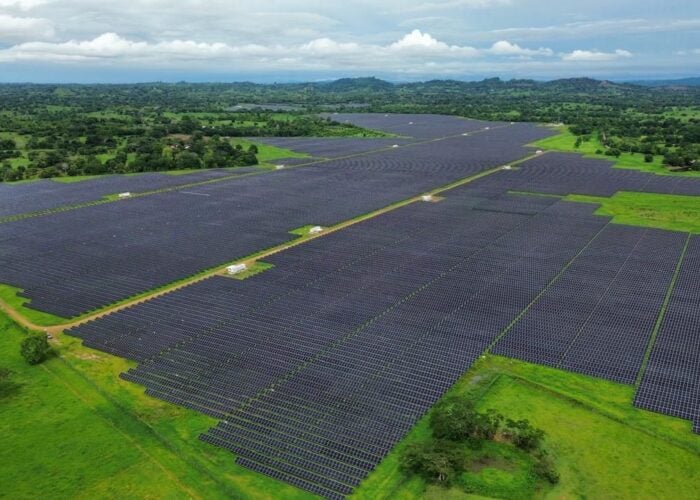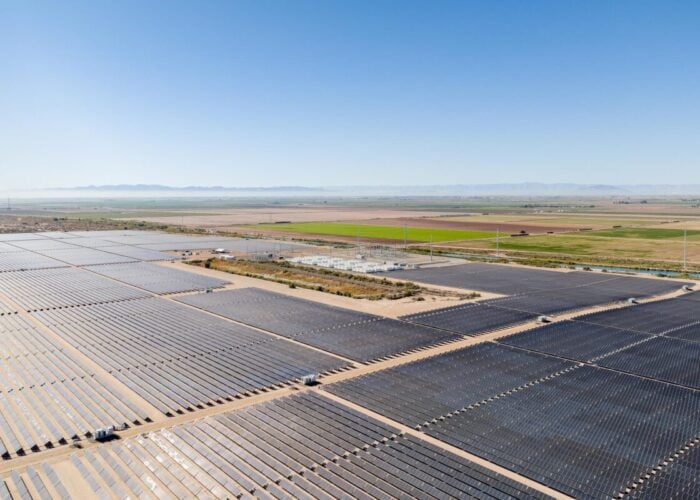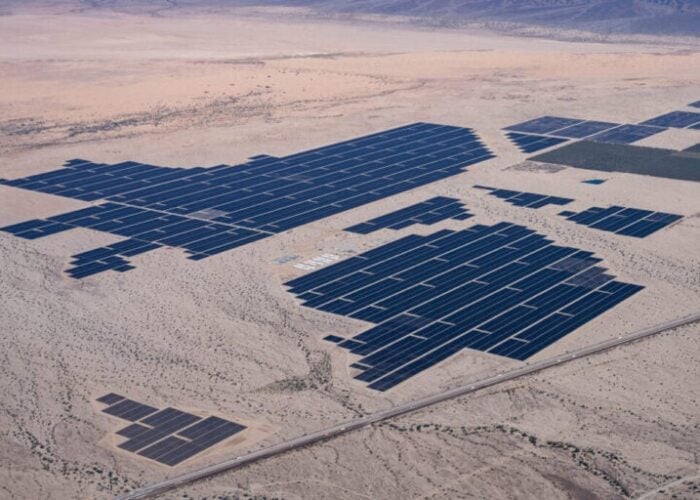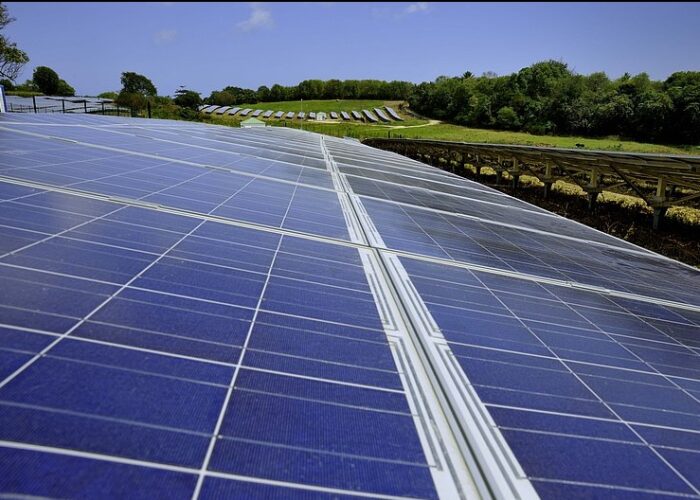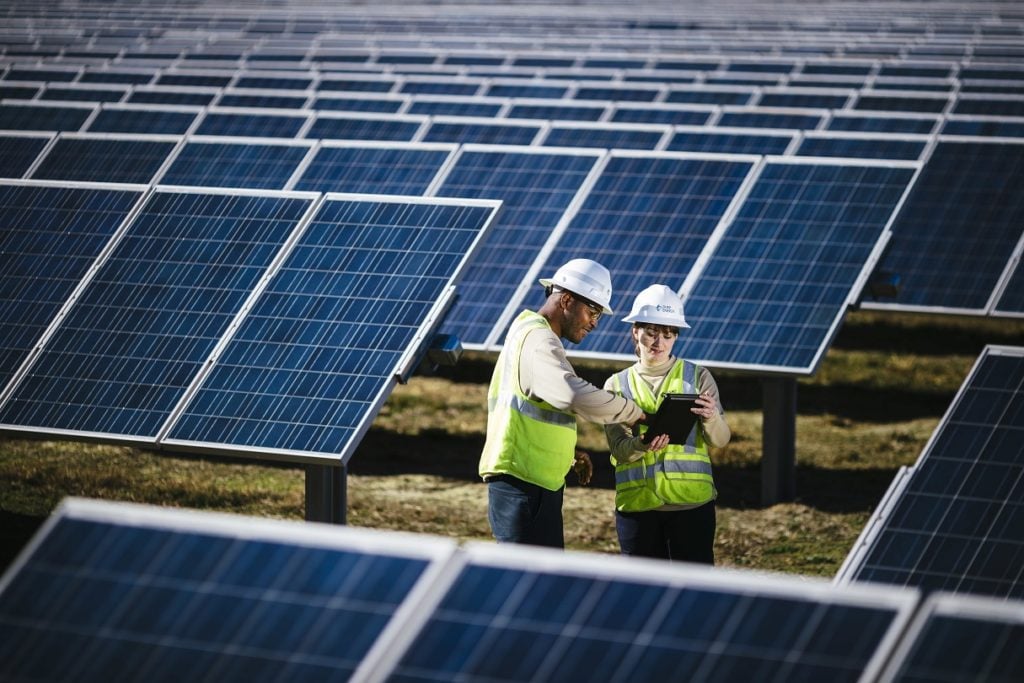
US utility Duke Energy has committed to exiting coal by 2035 in what it said was “the largest planned coal fleet retirement in the industry” as it also released its financial results for Q4 2021 that outline a US$63 billion five-year capex plan.
The Charlotte, North Carolina-headquartered company, which also pledged to generate less than 5% of its energy from coal by 2030, has also expanded its net zero goals to include Scope 2 and certain Scope 3 emissions.
Unlock unlimited access for 12 whole months of distinctive global analysis
Photovoltaics International is now included.
- Regular insight and analysis of the industry’s biggest developments
- In-depth interviews with the industry’s leading figures
- Unlimited digital access to the PV Tech Power journal catalogue
- Unlimited digital access to the Photovoltaics International journal catalogue
- Access to more than 1,000 technical papers
- Discounts on Solar Media’s portfolio of events, in-person and virtual
Scope 2 emissions include indirect emissions from power the company purchases from others to use in its facilities, while Scope 3 covers indirect emissions that arise from others in the company’s value chain.
This means that, in its electricity business, the company’s net-zero goal will include greenhouse gas emissions from the power it purchases for resale, from the procurement of fossil fuels used for generation and from the electricity purchased for its own use.
For Duke Energy’s natural gas business, the new goals mean adding a new net-zero by 2050 goal that includes upstream methane and carbon emissions related to purchased gas and downstream carbon emissions from customers’ consumption.
Already, the company has reduced Scope 1 carbon emissions from electricity generation – direct emissions from the company – by 44% from 2005 levels and has retired 56 coal units totalling 7.5GW of capacity since 2010.
In reference to its new targets, Duke Energy chief sustainability officer Katherine Neebe said: “Policy changes and technological innovation are expected to play a key role in meeting these enhanced goals.”
The announcement was made on 9 February and the next day, Duke Energy released its Q4 and year-end 2021 financial results that outlined a US$63 billion five-year capex plan for grid upgrades and to fund its energy transition through infrastructure upgrades. US$52 billion (over 80%) of this will go towards funding fleet transition and grid modernisation.
Results also showed a 2021 reported EPS of US$4.94 and adjusted EPS of US$5.24, closing year above the midpoint of an updated guidance range. It has established 2022 adjusted EPS guidance range of US$5.30 to US$5.60, and extended long-term adjusted EPS growth rate of 5% to 7% through 2026, based on the 2021 midpoint of US$5.15.
Meanwhile, the company also is investing in expanded battery energy storage systems (BESS) and is exploring zero-emissions generation technologies, such as green hydrogen and nuclear.

